Since 2004, Iran has developed cruise missiles capable of targeting U.S. ships, foreign oil tankers and the fleets of Arab allies in the oil-rich Persian Gulf. Its arsenal of anti-ship missiles has changed the balance of naval power between Iran’s conventional navy – which is comprised of small craft with speed and maneuverability – and the U.S. Navy, which is the world’s largest naval fleet.
For decades, the U.S. Navy has relied on larger surface ships to ensure naval supremacy. The growing threat of anti-ship cruise missiles has forced it to rethink military strategy. “At what point does a U.S. aircraft carrier becomes a hole in the water in which you pour missiles?” said Anthony Cordesman, an expert at the Center for Strategic and International Studies.
The threat posed by the missiles extends beyond the Gulf because Tehran could transfer the missiles to allies and proxies, according to Cordesman. “Once you’ve started deploying systems in places like Yemen or Lebanon, you have basically said the risk to carriers or other U.S. ships has gone up.”
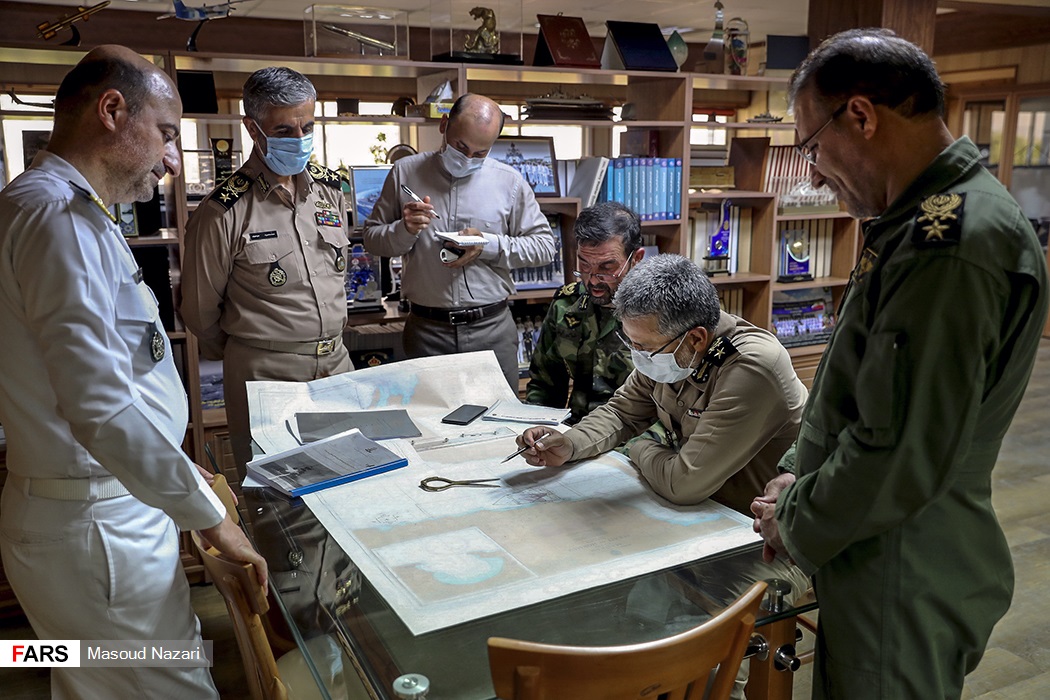
Iran’s navy conducted exercises in the northern Indian Ocean on June 18
On June 18, 2020, Iran tested both short-range and medium-range cruise missiles that it claimed could accurately hit ships across the width of the Persian Gulf. If true, Iran could hit the U.S. Fifth Fleet based in Bahrain with cruise missiles fired from inside Iran. Photos of the Iranian navy firing missiles from both land and sea were released by the official IRNA news agency.
The tests occurred during a war game conducted by Iran’s conventional navy—not involving the naval wing of the Revolutionary Guards—in the northern Indian Ocean. Iran’s navy operates in the Gulf of Oman and the Caspian Sea. State media said that the medium-range missile could travel at least 280 kilometers (170 miles). “At that range, it makes it progressively harder for the U.S. to put a large ship in or near the Gulf,” Cordesman said.
The Iranian Ministry of Defense did not identify the missiles involved in the test. But government photographs appeared to show the Nasr anti-ship cruise missile being fired from both a truck and a ship, according to Mike Elleman, an expert at the International Institute for Strategic Studies.
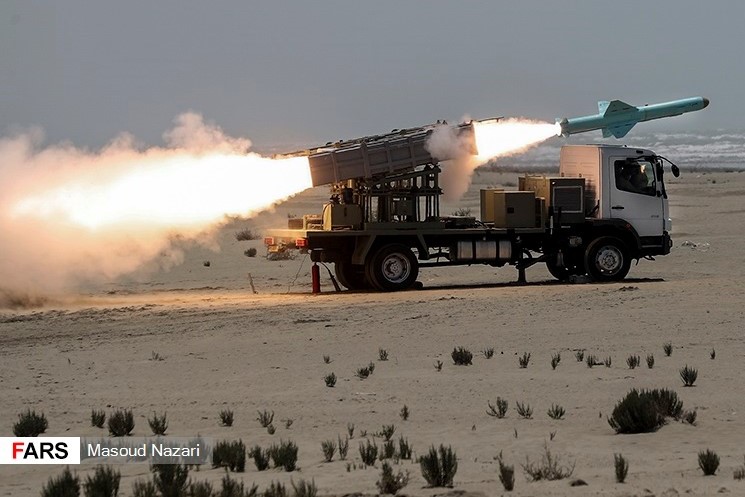
Iran fires what appears to be the Nasr anti-ship cruise missile
The Nasr is based on the Chinese C-704, which has a maximum range of 40 kilometers (25 miles). Iran began mass production of the Nasr-1 in 2010.
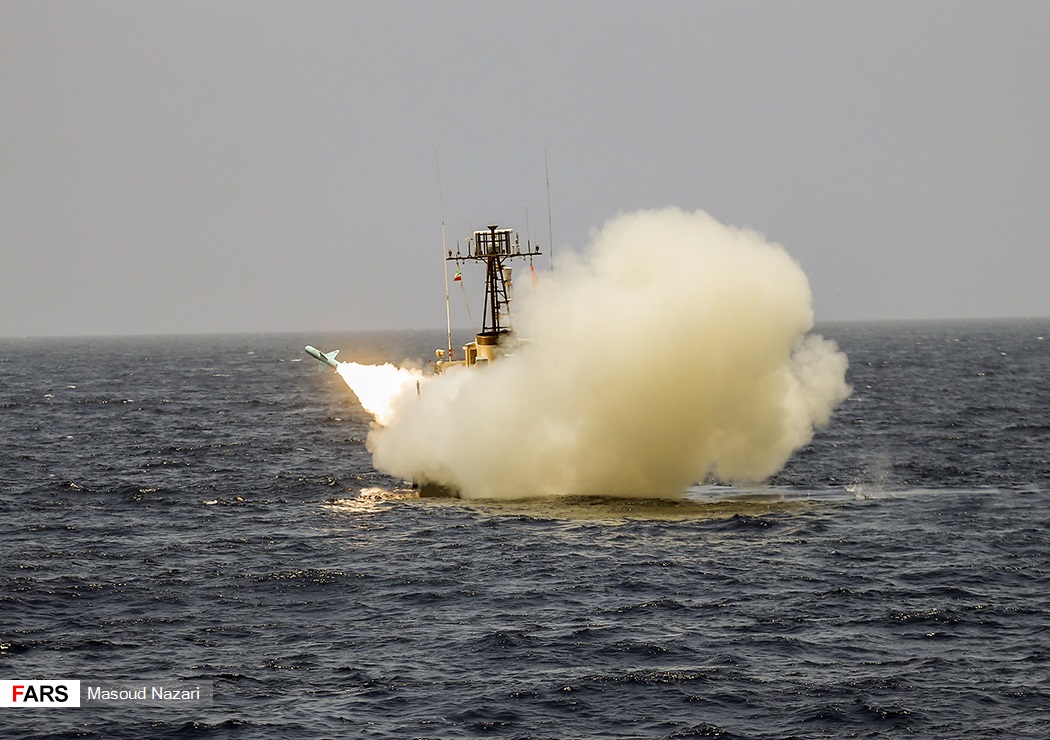
An Iranian ship fires a cruise missile
Iran also tested a medium-range cruise missile, although it provided no photographs and did not identify the missile. Its medium-range missiles are based on the Chinese C-802, which has a range of 200 kilometers (125 miles). Iran may, however, have been able to extend the C-802’s range, Elleman and Cordesman said.
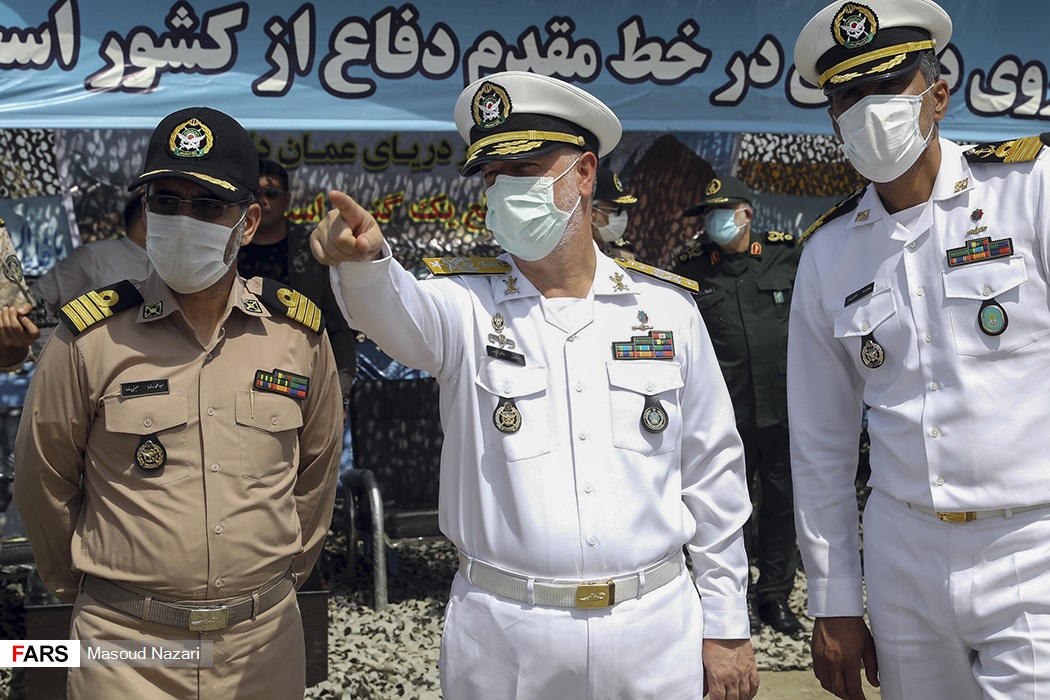
Iranian naval officers observe the test
The photographs showed the missiles hitting a shipping target at sea. The missiles were equipped with homing devices that enabled them to navigate and hit targets without human guidance, Naval Chief Admiral Hossein Khanzadi said. “We fire the missile and the data is on the missile itself, it has various navigation systems built-in.”
Any missile with a range of over 200 kilometers would need a built-in navigation system to be accurate, according to Elleman. “It’s as much about target acquisition as it is about firing the missile,” he said. “The key will be: Do they have the radar system to go with it?”
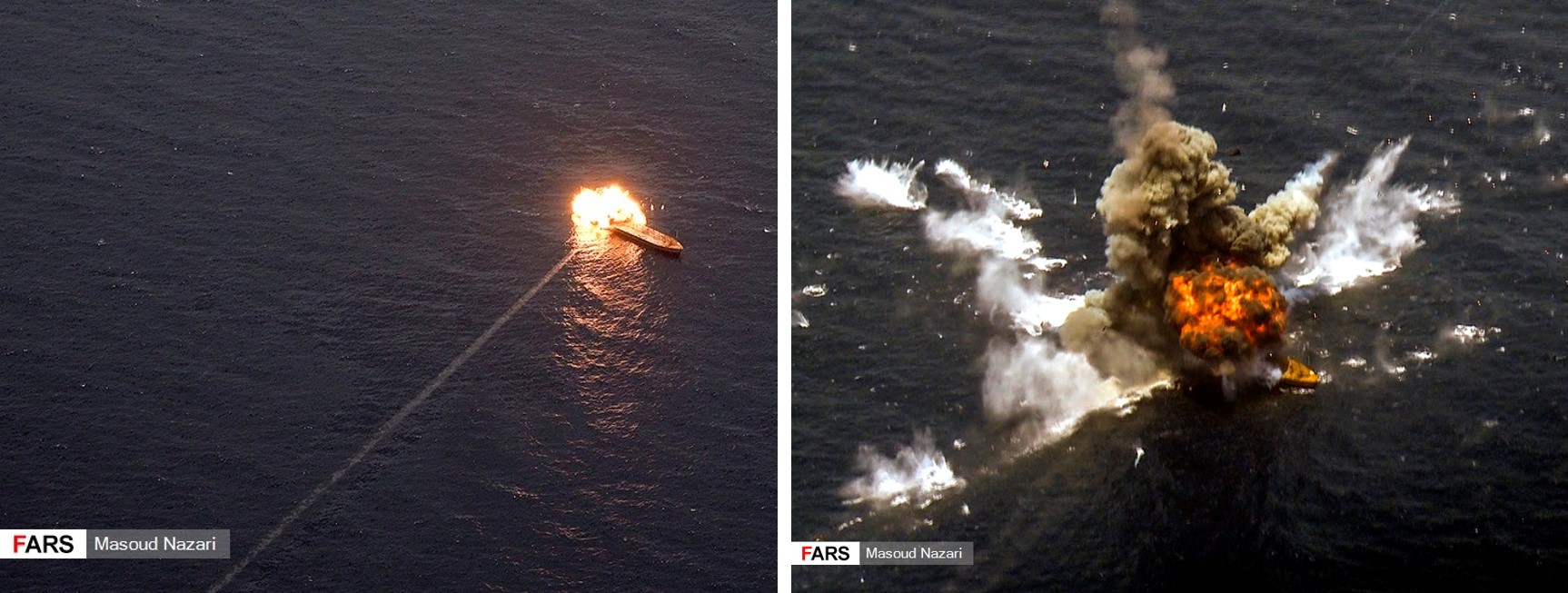
Iran claimed it hit a floating target 280 kilometers (170 miles) away
Iran began building a cruise missile arsenal with the purchase of almost 100 C-802 anti-ship cruise missiles from China in 1995. China stopped selling the missiles under U.S. pressure, although Iran was able to reverse engineer the C-802. Iran unveiled its first homegrown anti-ship missile in May 2004.
Andrew Hanna, a research assistant at the U.S. Institute of Peace, assembled this report.
